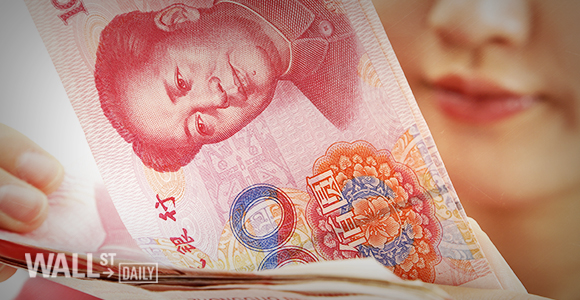
It’s a club reserved for the world’s elite economies…
Created in 1969, the International Monetary Fund Special Drawing Rights (SDRs) is an international reserve asset that’s intended to supplement member countries’ reserves.
Its value is based on the value of four key currencies – the U.S. dollar, the euro, the Japanese yen, and the British pound.
Well, guess who’s pounding on the IMF’s door, looking to gain access to this exclusive club of high rollers?
China.
Now boasting the world’s second-largest economy, the country wants its yuan currency to be elevated to reserve status.
What are the odds of this happening?
Two Tests… Two Passes
Needless to say, the jury is still out. But there are increasing signs that point to the yuan’s admission when the IMF meets in November.
The IMF has two major criteria for admission into the club:
The country must be a major trading nation. Suffice it to say, China easily passes this test.
The currency must be “freely usable.” China is passing this test, too. In fact, it recently passed the yen as the world’s fourth most-used payment currency and it’s rapidly closing in on the pound in third place. (The dollar and euro occupy the top two spots, of course.) Over 1,000 banks in 100 countries now use the yuan for payments with China – up 20% over the past two years. As Chris Knight of Standard Chartered Bank told The Wall Street Journal, “Trading [in yuan] was almost nonexistent five years ago but today ranks among the most traded currencies globally.”
In addition to passing these two crucial tests, China is proactively making moves to boost the yuan’s chances of inclusion in the IMF club.
For example, it’s expanded the part of its bond market that’s open to foreigners. This is important, given that the so-called “panda” bond market is expanding. Panda bonds are those issued by foreign companies, but denominated in yuan. The World Bank’s International Finance Corp. says this market could top $50 billion within five years.













Leave A Comment